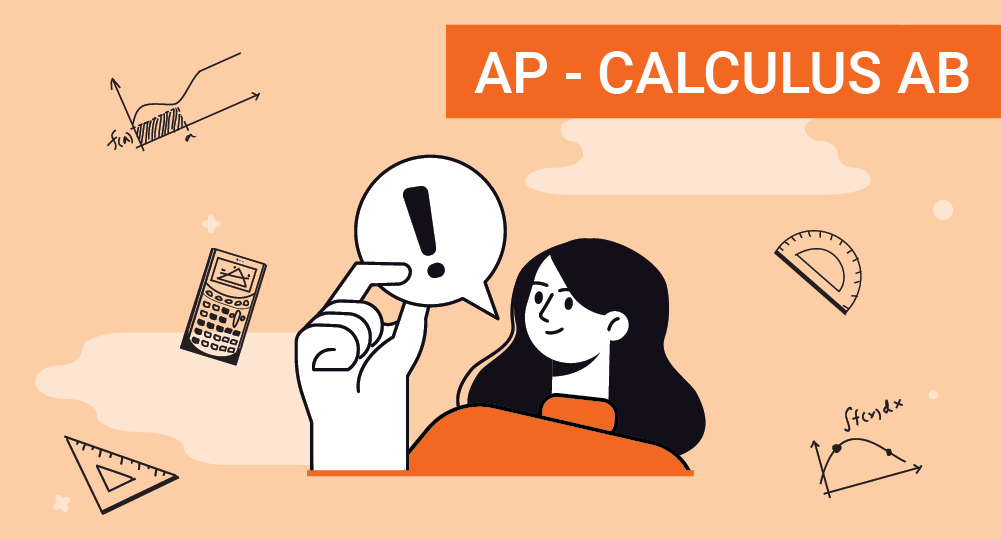
PSAT
The preliminary SAT also known as PSAT is the kind of practie test for SAT. PSAT assesses the student's performance in the major areas like evidence - based reading, writing and mathematical skills. It can be taken by the students only once in an year.
Know more about PSAT
The PSAT, which stands for Preliminary Scholastic Assessment Test, is a standardized test administered by the College Board. It is designed to help students prepare for the SAT (Scholastic Assessment Test) and to identify potential candidates for the National Merit Scholarship Program. Here are some key details about the PSAT:
Purpose: The PSAT assesses your skills in critical reading, math, and writing, similar to the SAT. It serves as a practice test for the SAT and provides valuable feedback on your strengths and areas for improvement.
The PSAT/NMSQT (National Merit Scholarship Qualifying Test) is the version of the PSAT used to determine eligibility for the National Merit Scholarship Program. High scorers in this test may qualify for scholarship opportunities.
PSAT/NMSQT (Preliminary Scholastic Assessment Test/National Merit Scholarship Qualifying Test) consists of four main sections: Reading, Writing and Language, Math No Calculator, and Math with Calculator. Each section is designed to assess different skills and is scored separately. The total testing time is approximately 2 hours and 45 minutes.
Test Pattern
| S No | Test Section | Number of Questions | Time Allotted |
|---|---|---|---|
| 1 | Reading Section | 47 | 60 minutes |
| 2 | Writing and Language Section | 44 | 35 minutes |
| 3 | Math No Calculator Section | 17 | 25 minutes |
| 4 | Math with Calculator Section | 31 | 45 minutes |
| 5 | Essay Section (Optional) | 1 prompt | 50 minutes (approx.) |
*The Writing section is optional and does not include a specific number of questions. It requires writing an essay in response to a prompt
What you'll learn
- 1
Create and solve linear equations, and inequalities. Graphical representation of Algebraic expressions.
- 2
Solve problems using ratios, proportions, rate, and percentage. Measurement and Unit conversion
- 3
Data Collection and data representation. Analyzing data.
- 4
Writing Polynomials and basic operations on polynomials. writing quadratic or exponential function and finding solution to quadratic functions.
- 5
Plane Geometry and Solid Geometry - Lines, angles, triangles, circles, measurement of area of volume of 3D shapres.
- 6
Evidence to support a claim, support the tone and purpose of the passage given by the author. Relationship between infographics and the passage.
- 7
Meaning of a word or phrase in context. Choice of words to set tone, style and meaning of the passage.
- 8
Improve the quality of writer's message. Development of main idea with support information like tables, graphs and charts. Improve precision, elimination of words, style, tone, combine sentences for effective presentation.
- 9
Building vocabulary and learning the meanings. Usage of words that appears most often Correct usage of grammar, recognizing the errors and correcting the sentence structure. Incomplete sentences and Subject - verb agreement. Use of right punctuations like commas, question marks, capitalization, etc.
Skills you'll learn
Learn to read and analyze complex passages, evaluate scientific information, and interpret mathematical problems
Interpret scientific data presented in graphs, tables, and charts
Expand their vocabulary and develop an understanding of subject-specific terminology in both scientific and mathematical contexts
Apply mathematical concepts and problem-solving strategies to quantitative reasoning questions
Practice grammar, punctuation, and language usage in the English section, enhancing their writing skills and ability to effectively communicate ideas
Engage in scientific reasoning by evaluating experimental designs, hypotheses, and conclusions
Develop skills in identifying variables, understanding cause-and-effect relationships, and applying critical thinking
Think analytically and logically to solve problems, make connections between different concepts, and draw evidence-based conclusions














